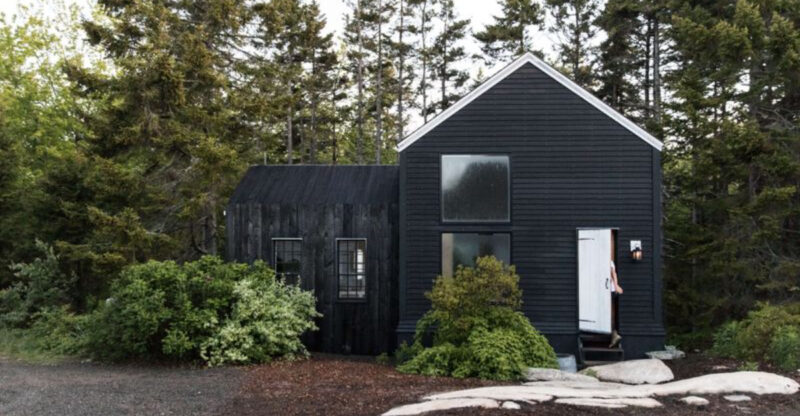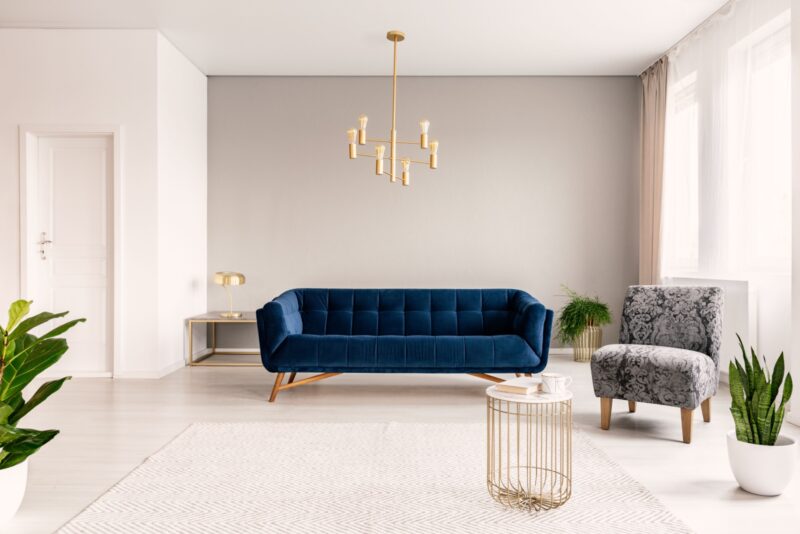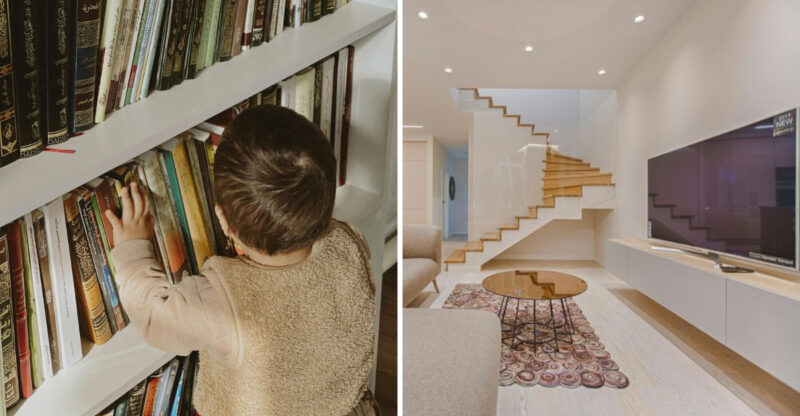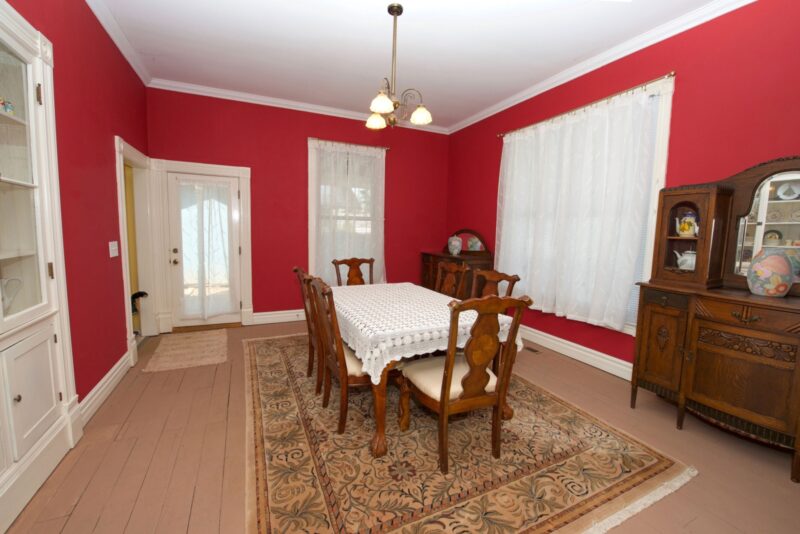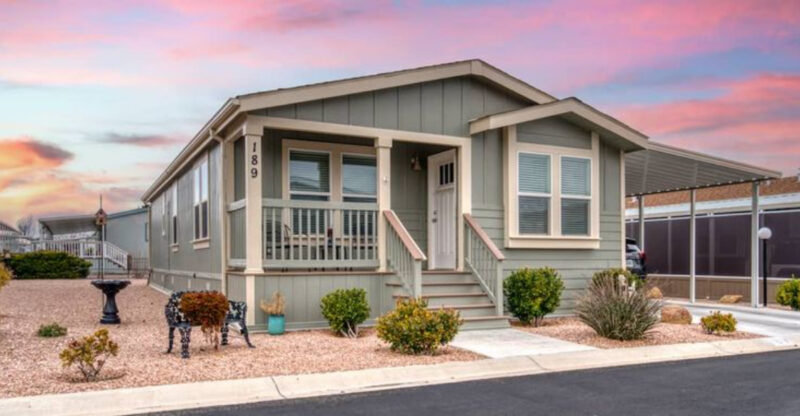That One 2000s Decor Trend We’re Glad To Leave Behind
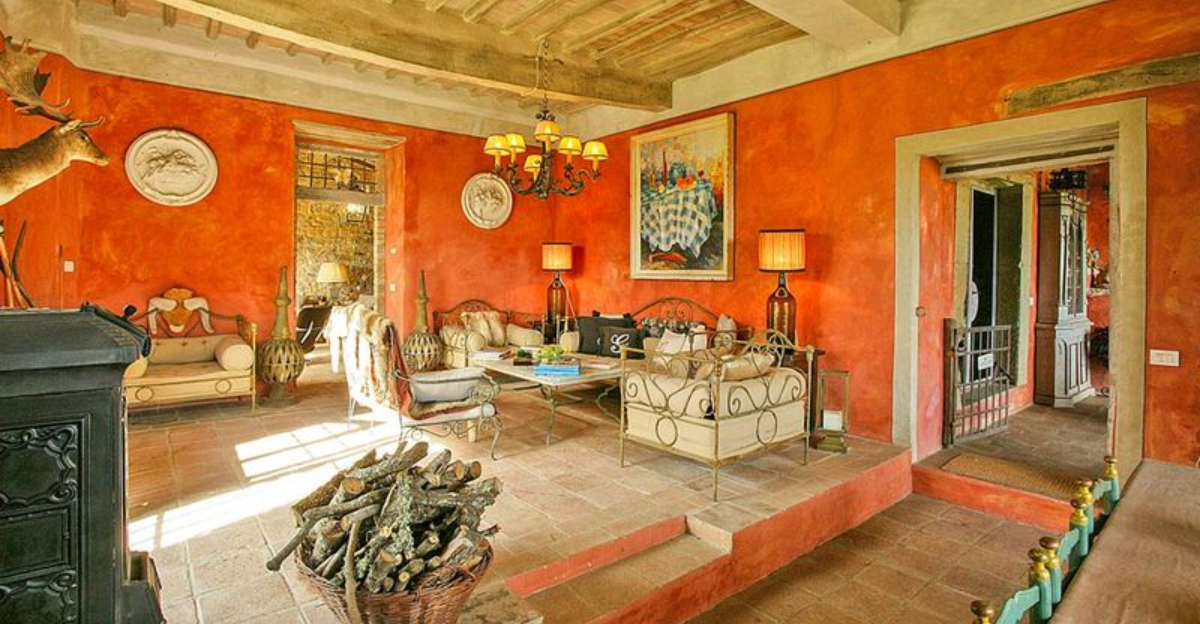
Remember when every home looked like it belonged in a rustic Italian villa… Complete with faux stone walls, grapevine motifs, and enough wrought iron to rival a medieval castle?
Yup, the early 2000s were all about channeling that Tuscan-inspired vibe, whether your living room was in Ohio or Orlando. But let’s be honest, what once felt warm and cozy now feels more like a cheesy souvenir from a vacation you’d rather forget.
Ready to dive into why this trend went from “Bellissimo!” to “Buongiorno, it’s time to move on”?
1. Dark And Heavy Just Feels Dated
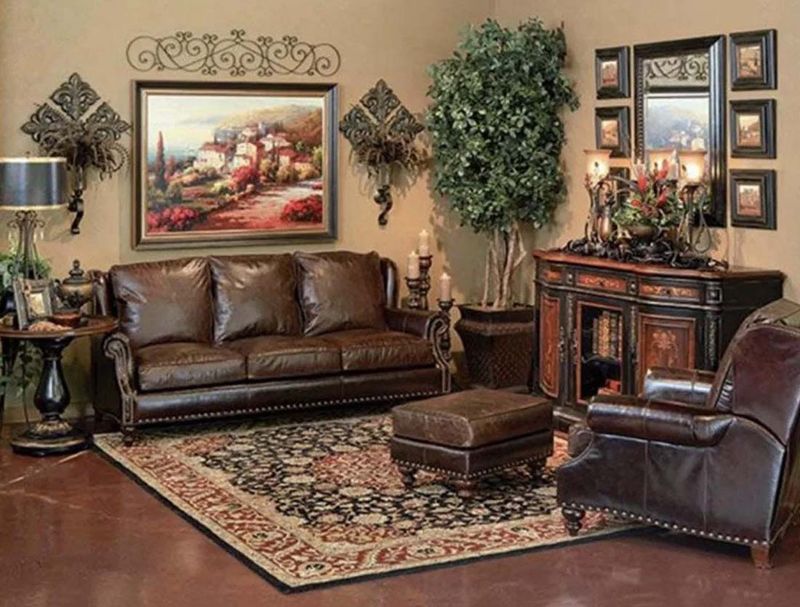
Those deep burgundies and chocolate browns that once felt so luxurious now make spaces look smaller and stuck in the early 2000s. Heavy wooden furniture with intricate carvings seemed impressive then, but requires constant dusting and overwhelms modern spaces.
Where bright, airy interiors now dominate Instagram feeds, those moody Tuscan color schemes feel almost claustrophobic. Plus, the sheer weight of all that ornate furniture makes rearranging your space a back-breaking ordeal rather than a fun weekend project.
2. Faux Finishes Look, Well… Faux

How many sponge-painted walls have you seen that actually fooled anyone into thinking they were centuries-old plaster? Those yellowed, artificially distressed finishes that were supposed to channel Italian villas ended up looking more like failed DIY projects.
Though once considered sophisticated, these techniques now scream early 2000s housing boom. The fake stone veneer, the orange-tinted faux plaster, and those wall murals of Tuscan landscapes.
They’ve all lost their charm in an era that values authenticity over imitation.
3. Matchy-Matchy Everything Lacks Personality
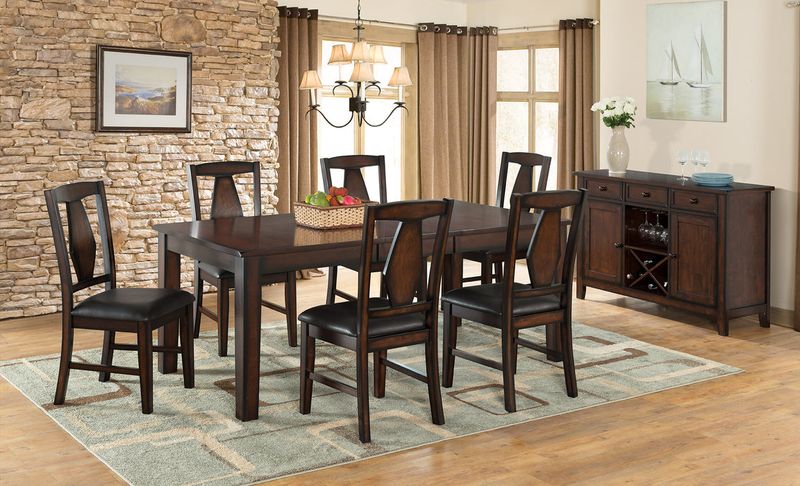
Remember those complete Tuscan furniture sets? The dining table with exactly matching chairs, hutch, and sideboard that looked like they all fell off the same factory line. This cookie-cutter approach to decorating feels impersonal and lacks the character we now crave in our homes.
When everything coordinates too perfectly, spaces feel like furniture showrooms rather than lived-in homes. The rigid formality of identical wood tones and perfectly symmetrical arrangements now feels stiff compared to today’s more relaxed, collected-over-time aesthetic that tells a personal story.
4. Clutter-Heavy Decor Creates Visual Noise
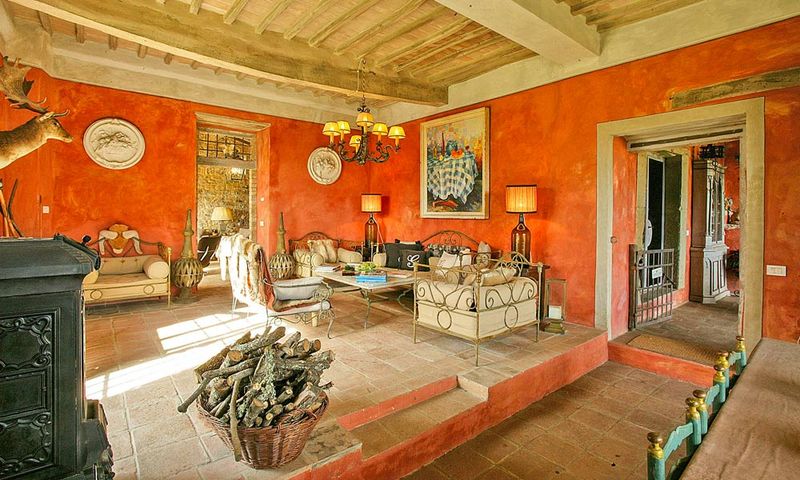
If you’ve ever dusted a Tuscan-style room, you know the pain. Every surface was covered with ceramic roosters, wine bottles, and fake grape clusters.
The endless knick-knacks and decorative plates demanded constant attention while contributing little besides visual chaos.
Are those wrought iron scrollwork pieces actually functional? Hardly. They’re dust collectors that make rooms feel busy and outdated.
This maximalist approach to decoration feels exhausting in our current era, where we’re all seeking more peace and less maintenance in our homes.
5. Embrace Scandinavian Simplicity Instead
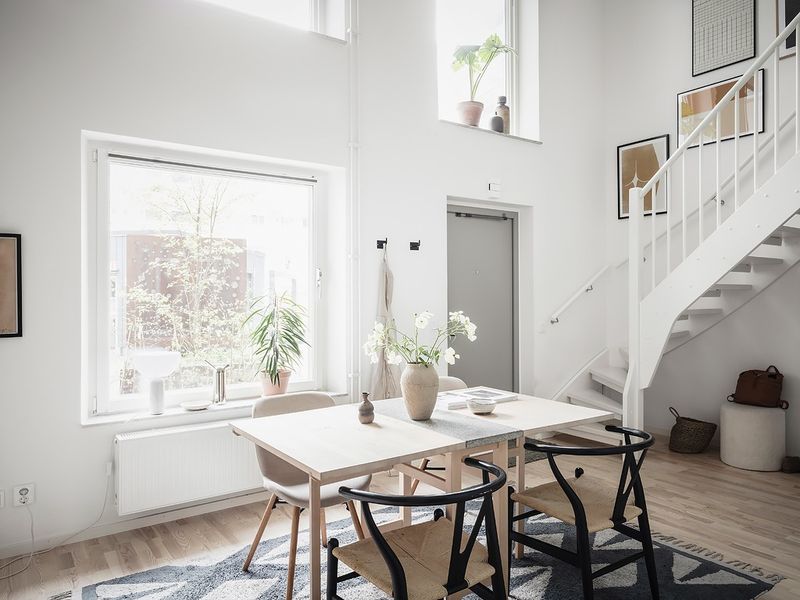
Scandinavian design offers everything Tuscan style doesn’t, light, simplicity, and breathing room. Its clean lines and functional beauty create spaces that feel both modern and timeless without trying too hard.
This doesn’t mean your home needs to look like an IKEA catalog. Mix in some vintage pieces for warmth and character.
The beauty of Scandi style lies in its versatility. It plays well with other design elements while maintaining that coveted uncluttered feel that makes coming home a genuinely relaxing experience.
6. Japandi: Where East Meets North
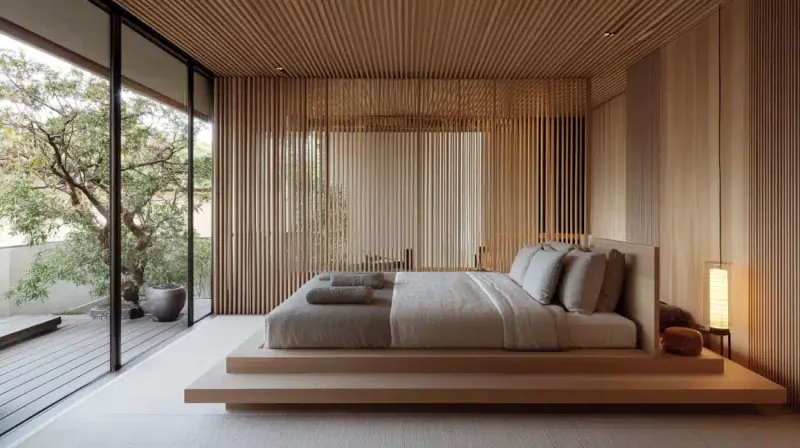
Japandi blends Japanese minimalism with Scandinavian functionality to create spaces that feel zen yet livable. Unlike Tuscan’s overwhelming ornamentation, this trend celebrates negative space and intentional design choices.
What makes this style special? It honors craftsmanship without the fussiness. Think hand-thrown ceramics instead of factory-made grape motifs.
Natural materials like unfinished woods, bamboo, and linen create texture without the heaviness of Tuscan leather and wrought iron combinations.
7. Coastal Modern Freshens Everything Up
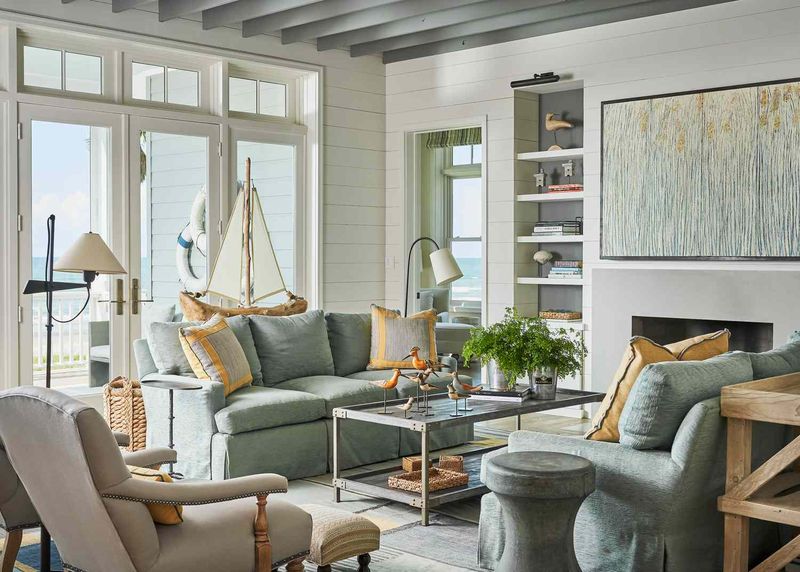
Forget those nautical themes with rope knots and anchor motifs. Today’s coastal style is sophisticated, think breezy linen curtains, weathered woods, and a palette inspired by sand, sea, and sky.
This approach delivers the relaxed vibe we all crave after years of formality. Unlike Tuscan’s heavy commitment to a theme, Coastal Modern works with subtle references to beachside living.
It’s perfect for creating that vacation feeling at home without turning your space into a themed restaurant.
8. Biophilic Design Brings The Outdoors In
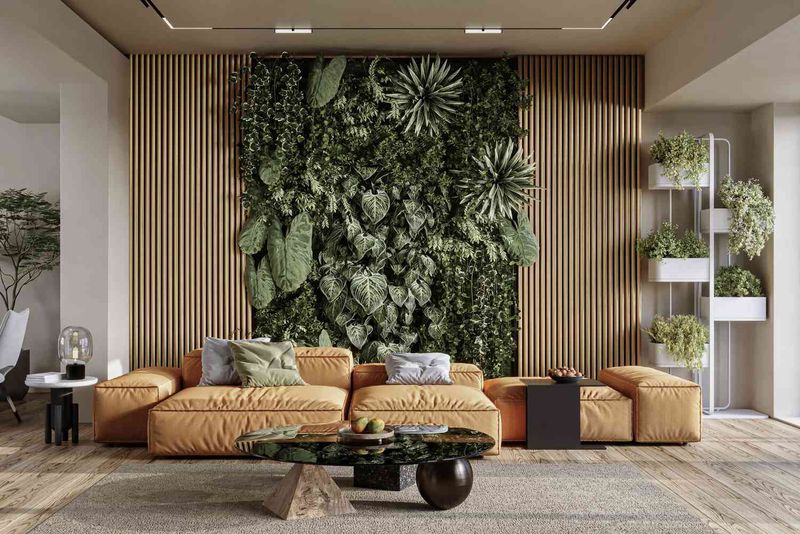
Where Tuscan style used artificial grape vines, biophilic design incorporates actual living plants. This trend recognizes our innate connection to nature and strategically brings it indoors through living walls, statement houseplants, and natural materials.
Did you know spaces with natural elements can reduce stress and improve creativity? Unlike the static nature of Tuscan decor, plants change and grow, making your space feel alive.
Large windows that frame outdoor views, natural light, and organic shapes in furniture create a dynamic environment that evolves with the seasons.

